Heute stelle ich einen neuen Preis für erfolgreiche Codeknacker vor: den Friedman-Ring. Wer ein von Armin Krauß entwickeltes Kryptogramm löst, kann ihn gewinnen.
English version (translated with DeepL)
Viele Leser werden sich erinnern: Am 27. April 2021 bloggte ich über ein Krypto-Rätsel, das mir Buchautor Frank Schwellinger zugesandt hatte.
Nach mehreren Wochen und insgesamt 102 Leser-Kommentaren war die Lösung gefunden. Anna Salpingidis und Christoph Tenzer konnten sich den von Frank Schwellinger gestifteten Preis von 100 Euro unter sich aufteilen.
Anna Salpingidis kam anschließend auf die Idee, selbst ein Krypto-Rätsel zu entwickeln. Dieses “Annagramm” veröffentlichte ich am 8. Juli 2021:
Auch dieses Mal blieben meine Leser nicht untätig. Armin Krauß, einer der besten Codeknacker, die ich kenne, war der erste, der die korrekte Lösung präsentierte.
Kommentare, die Armin möglicherweise geholfen haben, kamen von Thomas Bosbach, Karo und Frank Schwellinger.
Der Friedman-Ring
Nun hatte ich eine Idee. Nachdem Armin Krauß das zweite Rätsel aus dieser Serie gelöst hatte, wäre es doch logisch, wenn er das dritte selbst erstellen würde.
Mich erinnerte das an den Iffland-Ring. Dabei handelt es sich um einen Preis für Schauspieler, der auf den Schauspieler, Dramatiker und Theaterdirektor August Wilhelm Iffland (1759–1814) zurückgeht. Der Iffland-Ring wird jeweils testamentarisch vom Vorbesitzer an den seiner Meinung nach besten lebenden männlichen Schauspieler des deutschsprachigen Theaters verliehen. Der neue Träger behält den Preis bis zu seinem Tod und vererbt ihn seinerseits an den von ihm gewählten Nachfolger.
Der aktuelle Träger des Iffland-Rings ist seit 2019 Jens Harzer, den ich zugegebenermaßen nur aus diesem Zusammenhang kenne. Von 1996 bis zu seinem Tod war Bruno Ganz der Inhaber des Preises. Dieser spielte unter anderem in den Filmen “Der Untergang” und “Der Baader Meinhof Komplex” mit. Auch Ganz’ Iffland-Ring-Vorgänger Josef Meinrad war mir aus verschiedenen Fernsehserien bekannt.
Seit 1978 gibt es mit dem Alma-Seidler-Ring einen vergleichbaren Preis für Schauspielerinnen.
Analog zum Iffland- und Alma-Seidler-Ring rufe ich hiermit den “Friedman-Ring” ins Leben. Er ist nach dem Ehepaar Elizebeth und William Friedman benannt, die beide als Ausnahme-Codeknacker in die Geschichte eingingen. Natürlich wird dieser Preis gleichermaßen an Männer und Frauen verliehen.
Als ehemalige Träger des Friedman-Rings lege ich rückwirkend Frank Schwellinger, Anna Salpingidis und Christoph Tenzer fest. Der aktuelle Träger ist Armin Krauß.
Der jeweilige Empfänger des Friedman-Rings verpflichtet sich, ein Krypto-Rätsel zu entwickeln und mir zur Verfügung zu stellen. Wer dieses Rätsel als erstes löst, ist der neue Träger.
Noch gibt es den Friedman-Ring nur virtuell. Möglicherweise werde ich aber einen realen Ring basteln oder basteln lassen, der dann von einem Träger an den nächsten weitergereicht werden kann. Vielleicht hat ein Leser eine Idee, wie man eine solche Trophäe herstellen könnte.
Bei den bisherigen Challenges gab es Geld- oder Sachpreise zu gewinnen. Allerdings möchte ich nicht jedem Löser zumuten, einen Preis zu stiften. Daher gibt es für Friedman-Ring-Träger vorerst nur Ruhm und Ehre zu gewinnen.
Armin-Krauß’ Friedman-Ring-Rätsel
Nach all den Vorreden wird es nun Zeit für das von Armin Krauß erstellte Rätsel. Hier ist es:
Armin hat mir mitgeteilt, dass der Schwierigkeitsgrad seiner meiner Meinung nach vergleichbar mit den vorherigen Challenges ist, also nicht zu leicht, aber auch nicht zu schwer. Wenn die Lösung zu lange auf sich warten lässt, wird Armin Hinweise geben.
Zu den Nachteilen bei einer solchen Challenge gehört, dass jeder Leser-Hinweis, der als Kommentar veröffentlicht wird, einem anderen Codeknacker zum Gewinn verhelfen kann. Ich bitte mein Leser daher, nicht ganz so egoistisch zu sein. Wenn im Forum über Lösungswege diskutiert wird, macht das die Sache für alle spannender. Natürlich werde ich jeden Kommentar, der zur Lösung beigetragen hat, entsprechend würdigen.
Davon abgesehen kann ich nur sagen: Das Rennen ist eröffnet.
Follow @KlausSchmeh
Further reading: A challenge cipher published by the FBI
Linkedin: https://www.linkedin.com/groups/13501820
Facebook: https://www.facebook.com/groups/763282653806483/

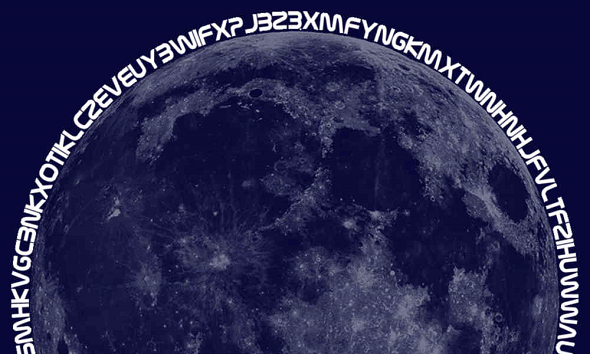
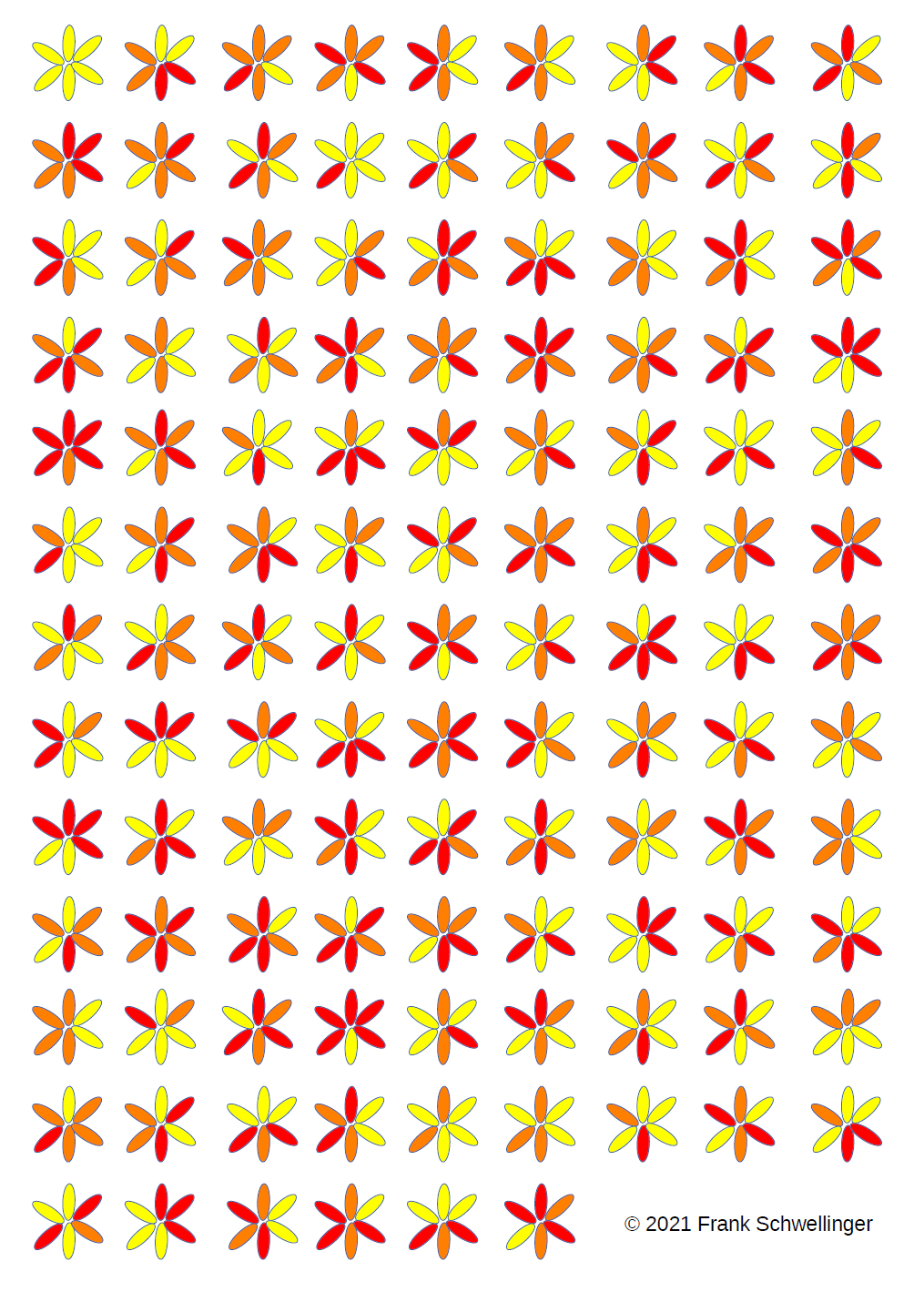
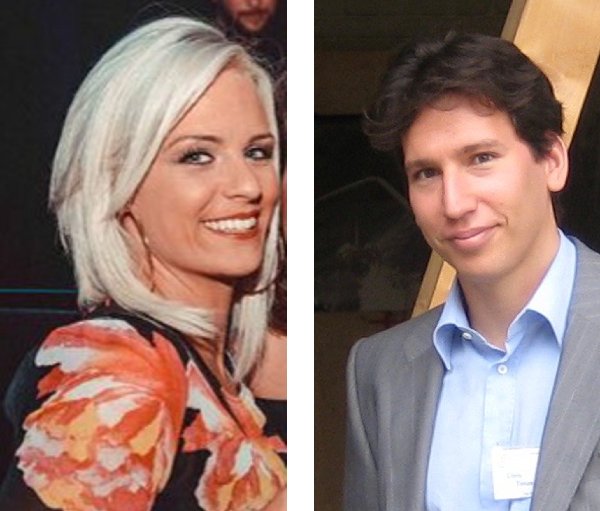
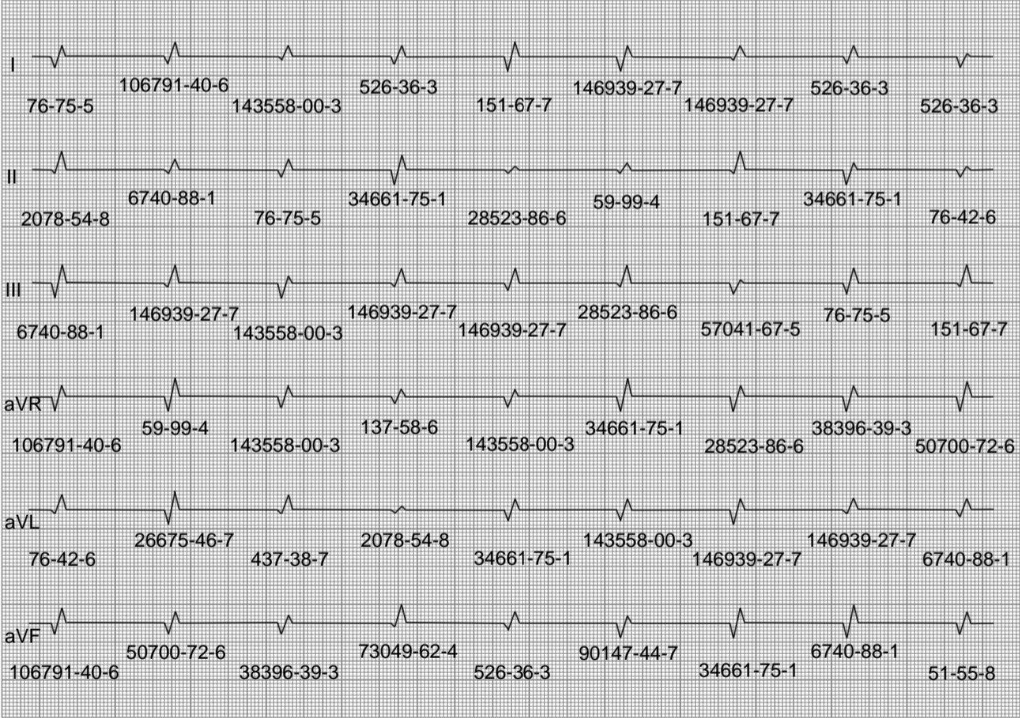
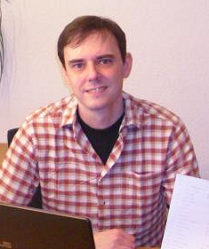


Kommentare (116)